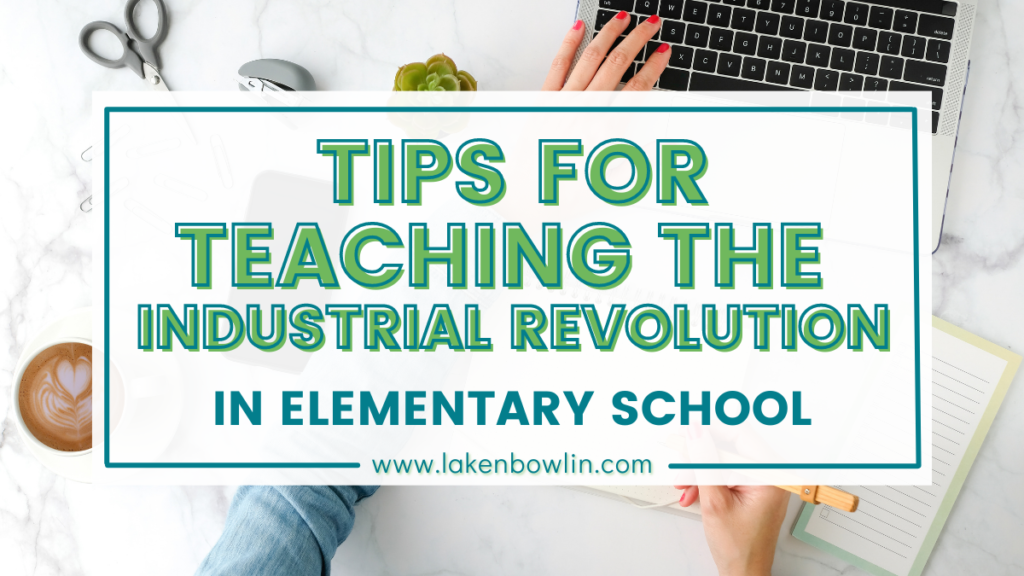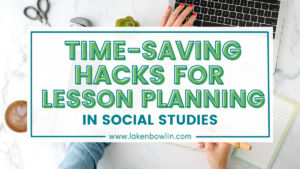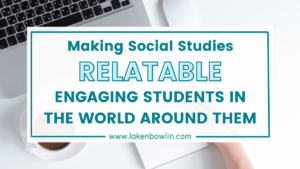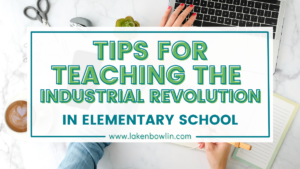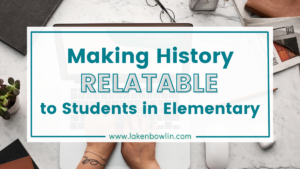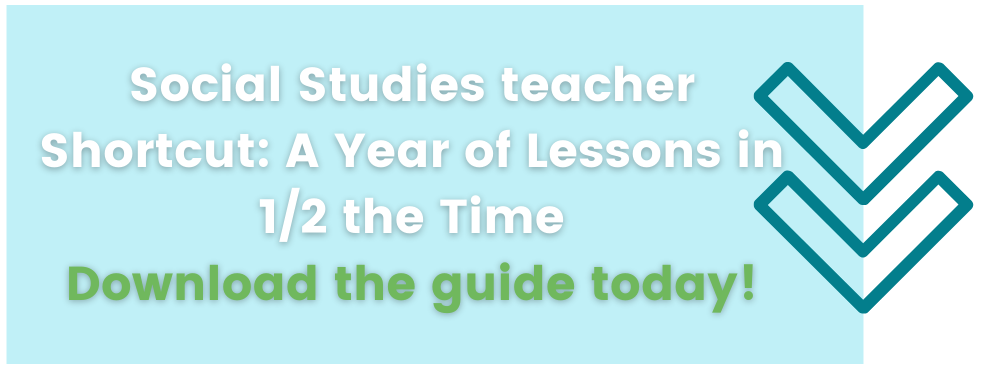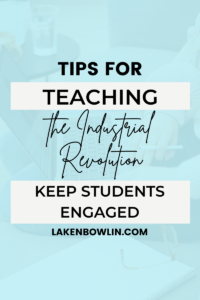 The Industrial Revolution marked many changes in our modern world. Sure it was 200 years ago, but students can still see the effects today, which means making sure you can showcase the connections. Teaching the Industrial Revolution can be such a fun unit for students because there are so many visuals and it is so easy to relate to their own lives.
The Industrial Revolution marked many changes in our modern world. Sure it was 200 years ago, but students can still see the effects today, which means making sure you can showcase the connections. Teaching the Industrial Revolution can be such a fun unit for students because there are so many visuals and it is so easy to relate to their own lives.
I love creating connection-focused lessons, and I want teachers to have the opportunity and resources to share meaningful and relative lessons with their students. I want to look beyond engagement for lessons and want to, instead, see students make applicable connections that last a lifetime. You can find my complete Industrial Revolution Unit for ready-to-use activities, or read on for further ideas.
Pacing your lessons
I like to keep this unit for around 10 days. It is succinct, but I feel like it is ample time to explore technology and weigh the pros and cons of these advancements, which is what I usually focus on for this unit.
Enduring Lessons from the Industrial Revolution
Our students are already living in a world with more technology than we had as kids. I can remember having dial-up and when DVD players were brand new and super expensive. You can probably still find a VCR in my garage. The best way to keep students interested is to show them how history applies to their lives. There’s perhaps nothing more applicable than technology and how it serves a purpose in our society. That’s the kind of connection you need to help keep students engaged and remember your lessons.
Technological Advances
This can become a huge list, so I like to chunk the inventions into categories. Start with the textiles, because the Industrial Revolution began in textile mills. You can show how clothes and fabric were produced before the invention of the “spinning jenny” and “spinning mule” and after. Don’t forget to include the cotton gin and the sewing machine. As you add in the layers of inventions, discuss how this would have changed the textile industry, and what it meant for workers, stores, and customers. You can find videos of these machines so students can really get a feel for what these advances mean for people.
Another category I use is transportation, which became a need when the Industrial Revolution brought large amounts of goods that needed to be shipped to factories, stores, and all over the country. Steamboats and the steam locomotive were part of these inventions, as was completing the first transcontinental railroad. You can also discuss how new powers were invented to sustain these advances. While power sources like water and wind were used, people later were using steam power and electricity to continue the Industrial Revolution.
Pros and Cons of Inventions and New Technologies
Another lesson to focus on is the pros and cons stemming from the Industrial Revolution. This is a perfect connection point for students. Discuss or have students make lists of positives like how goods were affordable and accessible in ways they never were before, or how labor-saving inventions helped workers and eventually gave rise to worker unions and laws protecting laborers. On the flip side, students can also think about or study the cons – like the overcrowding of industrial towns, pollution, and the poor working conditions endured prior to worker safety being an important topic.
While you’re at it, have students think about what a pros/cons list would look like for modern examples of new technology. Technology touches every surface of our lives, so you can create comprehensive lists or have students work by category like technology in the home, versus their parents’ work, versus what they use in school, etc.
Activities for teaching the Industrial Revolution
Activities should have no trouble finding relatable connections to this unit, so take a look at these resources and ideas to help students stay connected.
I adore BrainPOP. If you haven’t checked them out before, this is a great place to start. This link will bring you to their Industrial Revolution topic and resources. It’s a great place to explore and is full of information for students to find on their own, or you can create an activity around the resources available.
A simple way to practice research is to have students choose an invention to discuss and explore. This can be an activity you do as a class to get an idea of the best inventions of the era, or students can work in pairs or individually. You can then have students create posters, design a commercial, or create a gallery walk-through so everyone can see all of the inventions.
Have students compare technology through the ages. Select from categories like communication, travel, education, etc. and students can explore different inventions and advancements. Allow students to pick the categories most meaningful to them. This is a great place to practice research and presentation skills.
Alternatively, you can have students work on interview skills by creating questions to ask their parents, grandparents, or other teachers. Students can ask what the best technological advancement was in their childhood. Or compare a day in the life at the same age as the student. It can be a fun activity where students can see just how much technology they use in their daily lives that wasn’t available or as widespread even twenty years ago.
A creative spin to the invention focus could involve students creating their own inventions. This can also be done individually or in groups. Students can figure out a problem or a need for advancement, then either research options to solve the problem or think about what steps need to be taken in order for the invention to advance.
Don’t forget that I have a full unit on the Industrial Revolution available here that includes a ton of resources and activities like vocabulary matching, a review game, and notes.
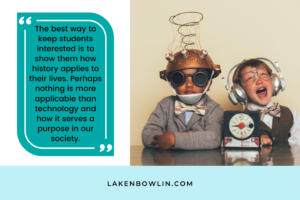
Are you looking for planning resources that are easy to use, minimal prep, and ready at your fingertips? I have created a planning document for upper-elementary social studies teachers, and you are definitely going to want to go check it out! 👀 I have pacing, linked resource ideas, and essential questions ready to go for you. If you teach in the upper elementary classroom, there is something for you in that document. What are you waiting for? Go check it out HERE!
More ideas for the Industrial Revolution
Britannica Kids: Industrial Revolution
5 Tips for Teaching Current Events in Upper Elementary Classrooms
